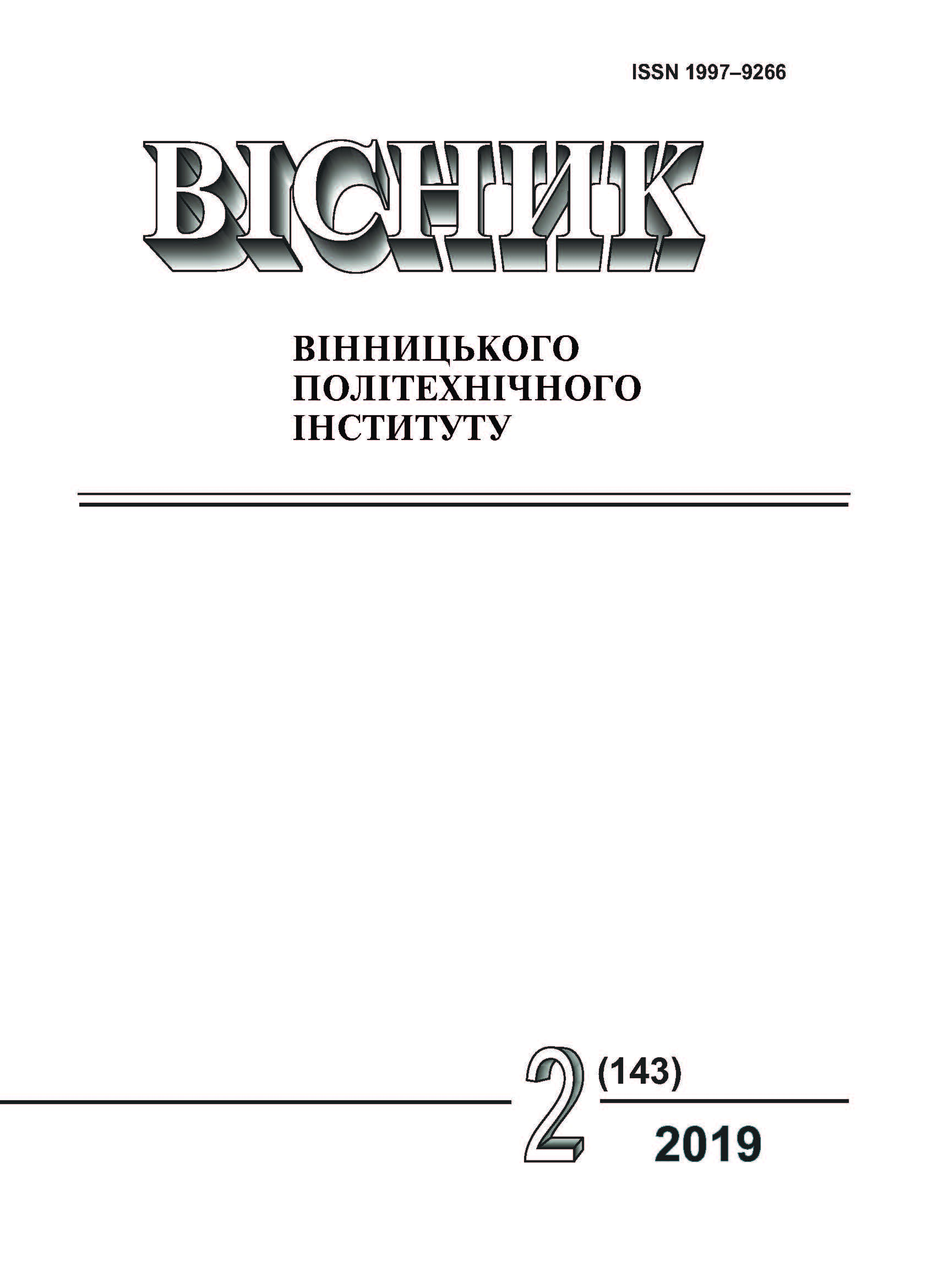The Device Structure Synthesis for Determination of Residual Life of the Squirrel Cage Induction Motor
DOI:
https://doi.org/10.31649/1997-9266-2019-143-2-52-60Keywords:
electric motor, squirrel cage induction motor, residual life, reliability of operationAbstract
Many of the electric motors, including squirrel cage induction motors, which operate on the factories, have already exhausted their resource which was guaranteed by the manufacturing plant. Many of them however are still able to perform the assigned tasks. Their use therefore is not stipulated for by the terms of service, but by their technical condition. Hence, their reliable operation significantly depends upon the precise information on the residual resource which is necessary to know. The same is applied to the new electric motors, in the course of operation of which there are many different overloads which may dramatically decrease the remaining resource.
The most reliable methods and means for diagnosing squirrel cage induction motors are those that are provided for continuous monitoring of the technical condition of electric motors during their operation. Therefore, it is chosen to determine the residual life of an electric motor during its operation.
As the diagnostic features for determining the residual life of a squirrel cage induction motor, there had been chosen the following parameters: currents in each phase of the electric motor, the temperature of the most heated point of the winding, the speed of change in the temperature of the winding, the temperature of the bearing units, the level of vibration.
To synthesize the structure of the device aimed at determining the residual life of the electric motor, there had been used the apparatuses of sequences. The paper shows the process of synthesis for two values of current, two values of winding temperatures, two values of speed of changes in winding temperatures, two values of bearings temperature and two vibration values.
There had been presented the mathematical model of functioning of the block of calculation of the residual resource of a squirrel cage induction motor in the form of a system of sequences.
On the basis of the received sequential model there had been synthesized a functional diagram of the block of calculation of the residual life of the squirrel cage induction motor which enabled to develop the structure of the device to determine its residual resource.
The received structure of the device allows to control the parameters of the electric motor during its operation.
References
М. П. Розводюк, та Д. С. Хайнацький «Синтез структури пристрою для контролю технічного стану асинхронного двигуна», на Всеукраїнська науково-практична Інтернет-конференція студентів, аспірантів та молодих науковців «Молодь в науці: дослідження, проблеми, перспективи» (МН-2019), Вінниця, ВНТУ, 2019 р. [Електронний ресурс]. Режим доступу: https://conferences.vntu.edu.ua/index.php/mn/mn2019/paper/view/6176. Дата звернення: Лютий, 27, 2019.
Б. І. Мокін, та М. П. Розводюк, Математичні моделі та системи технічної діагностики основних електротехнічних систем міських трамваїв. Вінниця, Україна: УНІВЕРСУМ-Вінниця, 2005, 126 с.
Диагностирование асинхронных электродвигателей. [Электронный ресурс]. Режим доступа:
https://works.doklad.ru/view/9iw4cN2Swls.html. Дата обращения: Февраль, 27, 2019.
В. В. Грабко, Є. Я. Блінкін, та М. П. Розводюк, «Синтез структури ІВС для діагностування електродвигунів,» Вимірювальна та обчислювальна техніка в технологічних процесах, № 4, с. 111-115, 2000.
В. Н. Захаров, Автоматы с распределенной памятью. Москва, Россия: Энергия, 1975, 136 с.
Downloads
-
PDF (Українська)
Downloads: 159
Published
How to Cite
Issue
Section
License
Authors who publish with this journal agree to the following terms:
- Authors retain copyright and grant the journal right of first publication.
- Authors are able to enter into separate, additional contractual arrangements for the non-exclusive distribution of the journal's published version of the work (e.g., post it to an institutional repository or publish it in a book), with an acknowledgment of its initial publication in this journal.
- Authors are permitted and encouraged to post their work online (e.g., in institutional repositories or on their website) prior to and during the submission process, as it can lead to productive exchanges, as well as earlier and greater citation of published work (See The Effect of Open Access).





